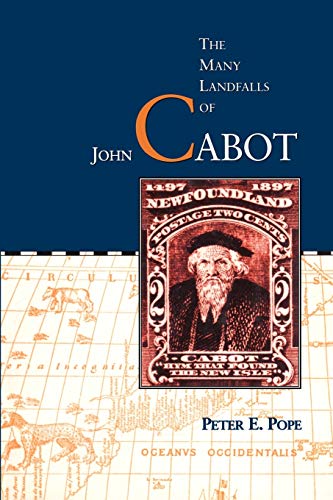Beginning with the historical context of Cabot’s journey, Pope traces the various landfall theories which have placed his landing in locations from the Strait of Belle Isle to Cape Breton. The very uncertainty of our knowledge, he argues, has allowed nationalists in both Newfoundland and Canada to shape the debate about Cabot’s itinerary and to stake claims to the landfall that amount to the invention of differing national traditions. As well, Pope concludes, the invented tradition of ‘discovery’ has allowed Europeans and their descendants to overlook the fact that their possession of North America is based on appropriation from Aboriginal peoples.
Well-illustrated with period maps, engravings, and stamps, The Many Landfalls of John Cabot will appeal to readers interested in early European transatlantic voyages, in the nature of the anniversaries that have celebrated Cabot’s landing, and in the question of how national pasts are constructed, often from ambiguous sources.
The North American Society for Oceanic History, John Lyman Book Award 1997 (in the area of Canadian Naval and Maritime History.”





